Understanding the Basics of Drone Photography
Drone photography has revolutionized the way we capture the world from above, offering breathtaking perspectives that were once reserved for professional helicopter pilots or birds. Whether you are a seasoned photographer or a curious beginner, understanding the foundational elements of drone photography is essential to creating stunning aerial images. In this guide, we will explore everything from the technical specifications to the creative aspects and provide drone photography tips that you can implement right away.
What You Need to Get Started
Before you can take to the skies, it’s essential to gather everything you need. Here’s a checklist to ensure you’re fully equipped:
- Your Drone: Investing in the right drone is crucial. Look for features that suit your photography needs, including camera quality and battery life.
- Remote Controller: Most drones come with a dedicated remote, but some allow smartphone integration for controlling flight paths and camera settings.
- SD Cards: Having high-capacity and high-speed SD cards ensures you capture all your images and videos without interruption.
- Backup Batteries: Since battery life can be limited, having extra batteries is vital for extended shooting sessions.
- Carrying Case: Protect your drone and accessories with a suitable carrying case, making transport easy and secure.
Types of Drones for Photography
Understanding the types of drones available will help you choose the best one for your needs:
- Consumer Drones: These are user-friendly drones designed for hobbyists. They often come equipped with decent cameras and features like GPS assistance.
- Professional Drones: Aimed at serious photographers, these drones have advanced features such as multiple camera options and enhanced stability.
- Racing Drones: Primarily built for speed, these drones can carry cameras but are less focused on photography quality compared to their professional counterparts.
- Fixed-Wing Drones: Unlike traditional quadcopters, fixed-wing drones can cover more ground, making them ideal for surveying large areas.
Essential Equipment for Drone Photography
Beyond the drone itself, having the right additional equipment can greatly enhance your photography experience:
- Filters: Polarizing or ND filters can help manage light and improve image quality in varying conditions.
- Extra Propellers: Drones encounter various conditions; having spare propellers can save your shoot in case of an emergency.
- Landing Gear: Some drones can benefit from additional landing gear for stability when taking off or landing on uneven terrain.
- Editing Software: Post-processing software like Adobe Lightroom or Photoshop can help greatly improve your final images.
Key Drone Photography Tips for Stunning Images
Now that you have the basics down, let’s delve into some actionable tips that will take your drone photography to the next level.
Camera Settings That Make a Difference
Understanding camera settings is crucial for capturing high-quality images:
- Aperture: A lower f-stop allows more light into the camera but can blur backgrounds. A higher f-stop keeps more of the image in focus, ideal for landscapes.
- Shutter Speed: Fast shutter speeds can freeze motion, while slower speeds can create motion blur. Experiment to find the best speed depending on your subject.
- ISO Settings: Keep your ISO as low as possible to avoid grainy images. Use higher settings sparingly, especially in low-light conditions.
- White Balance: Adjust the white balance according to the lighting conditions to ensure true colors in your shots.
Choosing the Right Time of Day for Aerial Shots
The time of day can drastically affect the quality of your photographs:
- Golden Hour: The hour after sunrise and before sunset provides soft, warm lighting perfect for stunning aerial images.
- Blue Hour: Just before dawn or after dusk, when the sky is a deep blue, can yield ethereal and dramatic shots.
- Midday: While harsh lighting can create unwanted shadows, experimenting with angles can still produce interesting results.
Incorporating Composition Techniques in Drone Shots
Effective composition can elevate your photography:
- Rule of Thirds: Grid your shot with two vertical and two horizontal lines, placing points of interest along these lines to create balanced images.
- Leading Lines: Use roads, rivers, or other lines to draw the viewer’s eye towards the subject of your image.
- Framing: Frame your subject with natural elements like trees or mountains to add depth to your shot.
- Symmetry: Aerial shots often lend themselves well to symmetrical compositions, creating visually appealing images.
Advanced Techniques for Professional Drone Photography
Once you’ve mastered the basics, consider these advanced techniques to enhance your aerial imagery further.
Long Exposure Drone Photography Tips
Long exposure photography can produce breathtaking effects, particularly with moving elements like water:
- Use ND Filters: Neutral density filters are essential for reducing light when shooting at slower shutter speeds.
- Stable Hovering: Ensure that your drone stays perfectly still to avoid blurring in your images.
- Timing Your Shots: Capture moments where motion can be portrayed artistically, such as flowing water or swaying vegetation.
Utilizing Drones for Unique Perspectives
One of the main advantages of drone photography is capturing angles unattainable via traditional photography:
- Overhead Shots: This top-down perspective can reveal patterns and layouts that are often overlooked.
- Low Angles: Flying the drone lower to the ground can create striking images that highlight the environment from an entirely new viewpoint.
- Dynamic Movement: Experiment with following moving subjects or swooping towards landscapes to add excitement and life to your shots.
Editing Your Drone Photos Like a Pro
Post-processing can make a significant difference in your final image quality:
- Color Correction: Use editing software to tweak exposure, contrast, and saturation to bring out the best in your images.
- Cropping: Crop unwanted elements from your composition for a cleaner look or to enhance the focus on your subject.
- Sharpness & Clarity: Apply adjustments to sharpness and clarity to emphasize details in your aerial shots.
Navigating Legalities and Safety Requirements
Drone photography isn’t just about creativity; it also includes adhering to legal and safety guidelines:
Understanding Airspace Regulations
Before you begin flying your drone, familiarize yourself with local airspace regulations:
- Know the Classifications: Airspaces are classified from A to G; knowing which classes apply to your location is essential for safe flying.
- Restricted Areas: Stay clear of airports, military bases, and other no-fly zones to avoid legal issues and accidents.
- Controlled Airspace: Seek authorization to fly in controlled airspace to avoid complications.
Drone Safety Protocols Every Photographer Should Follow
Safety is paramount when flying a drone:
- Pre-Flight Checklist: Always conduct a thorough pre-flight inspection to ensure your drone is in good working condition.
- Maintain Visual Line of Sight: Always keep your drone within your line of sight during operation.
- Monitor Weather Conditions: Weather can change quickly; always check conditions before flying.
- Respect People’s Privacy: Be aware of your surroundings and avoid capturing images or video of individuals without consent.
Staying Up-to-Date with Local Laws
Drone regulations are continually evolving:
- Join Local Clubs: Connecting with local drone enthusiast groups can help you stay informed about updates in regulations.
- Consult Online Resources: Websites and forums frequently update information on drone laws.
- Follow FAA Guidelines: If you are in the USA, familiarize yourself with the Federal Aviation Administration (FAA) regulations relevant to drone use.
Enhancing Your Drone Photography Portfolio
A strong portfolio not only demonstrates your skill but also attracts potential clients:
Showcasing Your Work Online
In the digital age, having an online presence is crucial for any photographer:
- Build a Website: A professional, portfolio-focused website can showcase your best work and provide contact information.
- Social Media: Utilize platforms like Instagram and Facebook to share your images and engage with audiences.
- Online Galleries: Consider submitting your work to online photography communities or galleries to gain exposure.
Building a Personal Brand as a Drone Photographer
Creating a personal brand can set you apart:
- Define Your Style: Identify what makes your drone photography unique and focus on that in your marketing efforts.
- Consistent Aesthetic: Maintain a consistent look across your images to create a recognizable brand.
- Networking: Connect with influencers, clients, and other photographers to build your network and reputation within the community.
Networking with Other Photographers and Creatives
Networking can open doors to opportunities:
- Join Online Communities: Participate in forums and social media groups where drone photography is discussed.
- Attend Workshops and Conferences: Hands-on experiences with other professionals provide valuable insights and contacts.
- Collaborate: Work with other photographers on projects to expand your skills and reach.

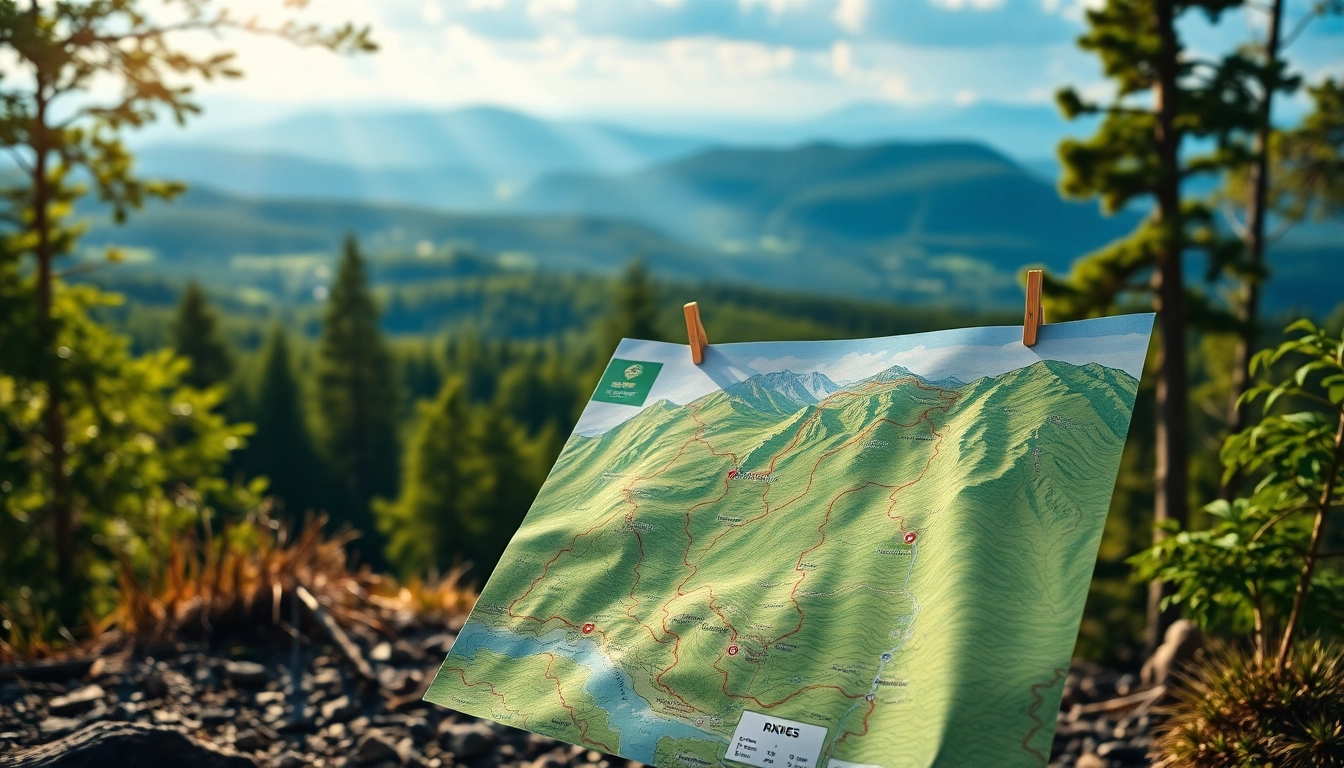
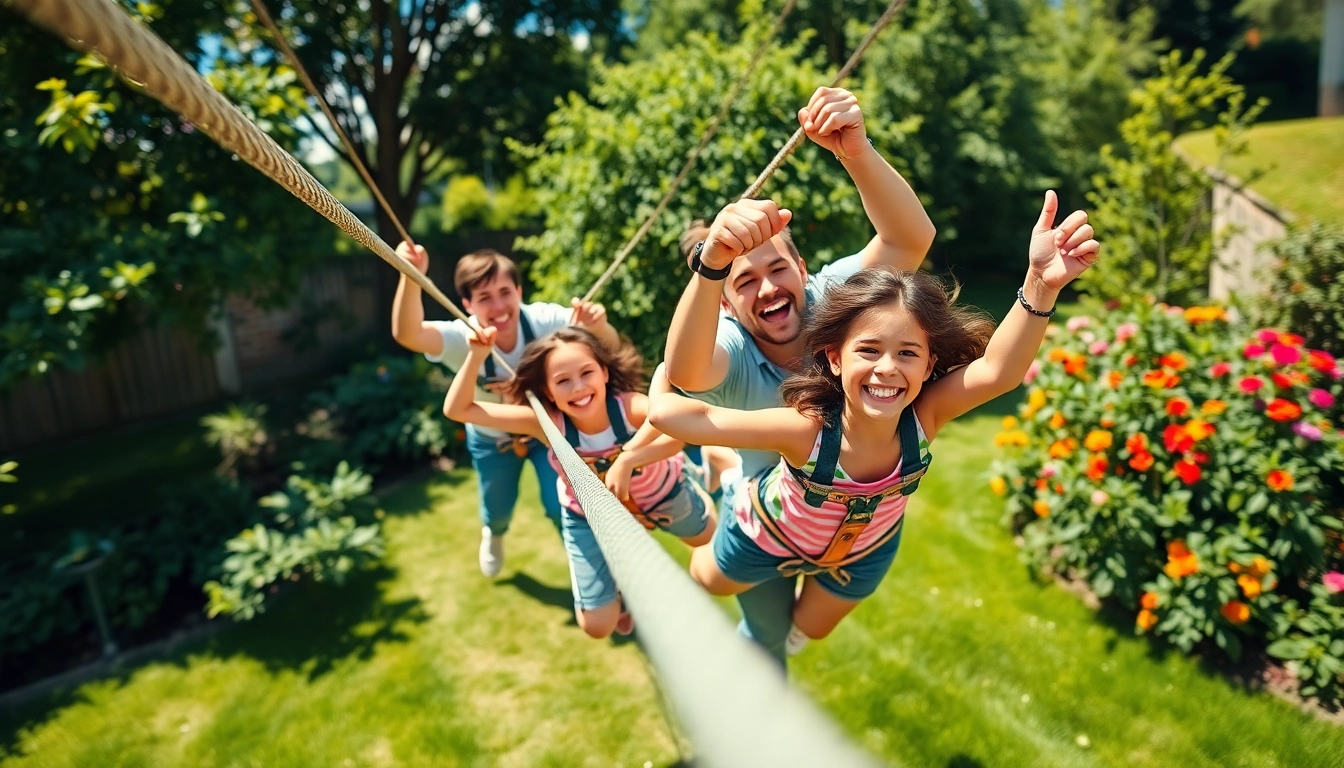
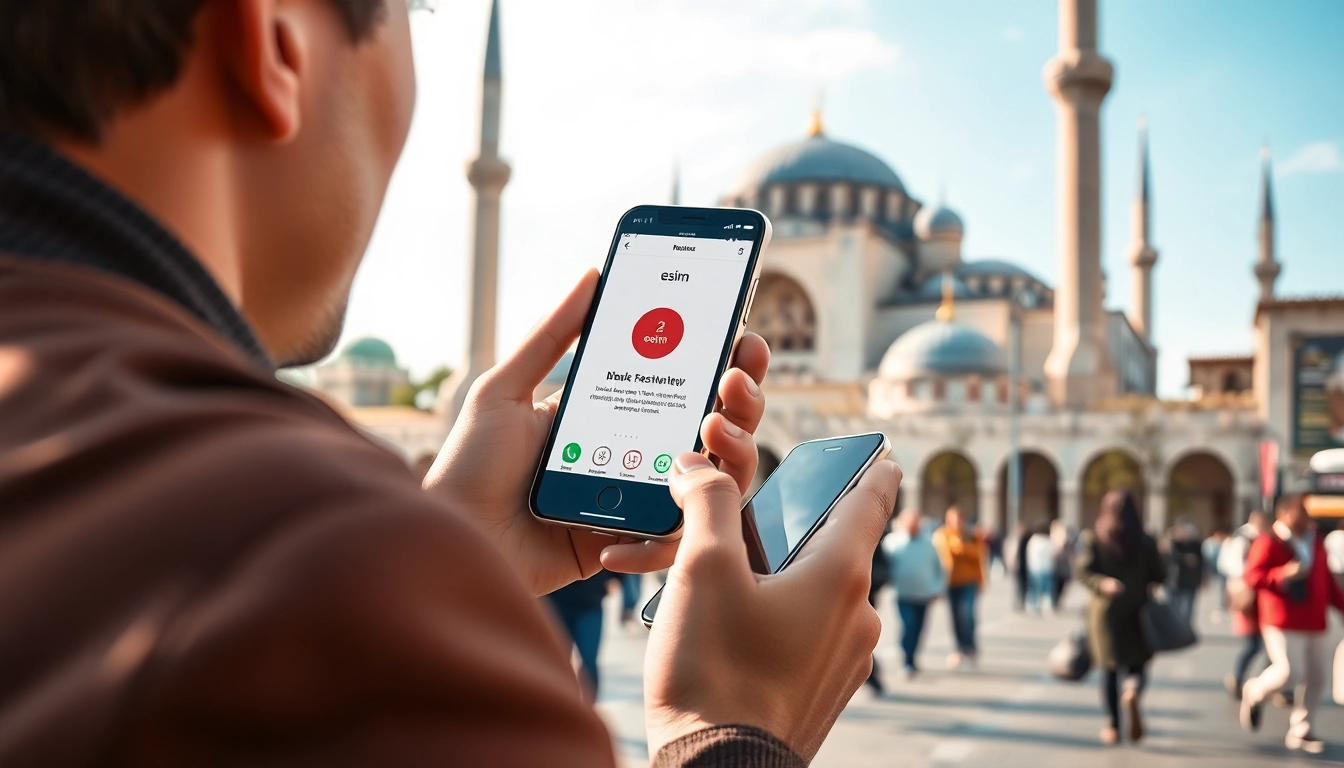
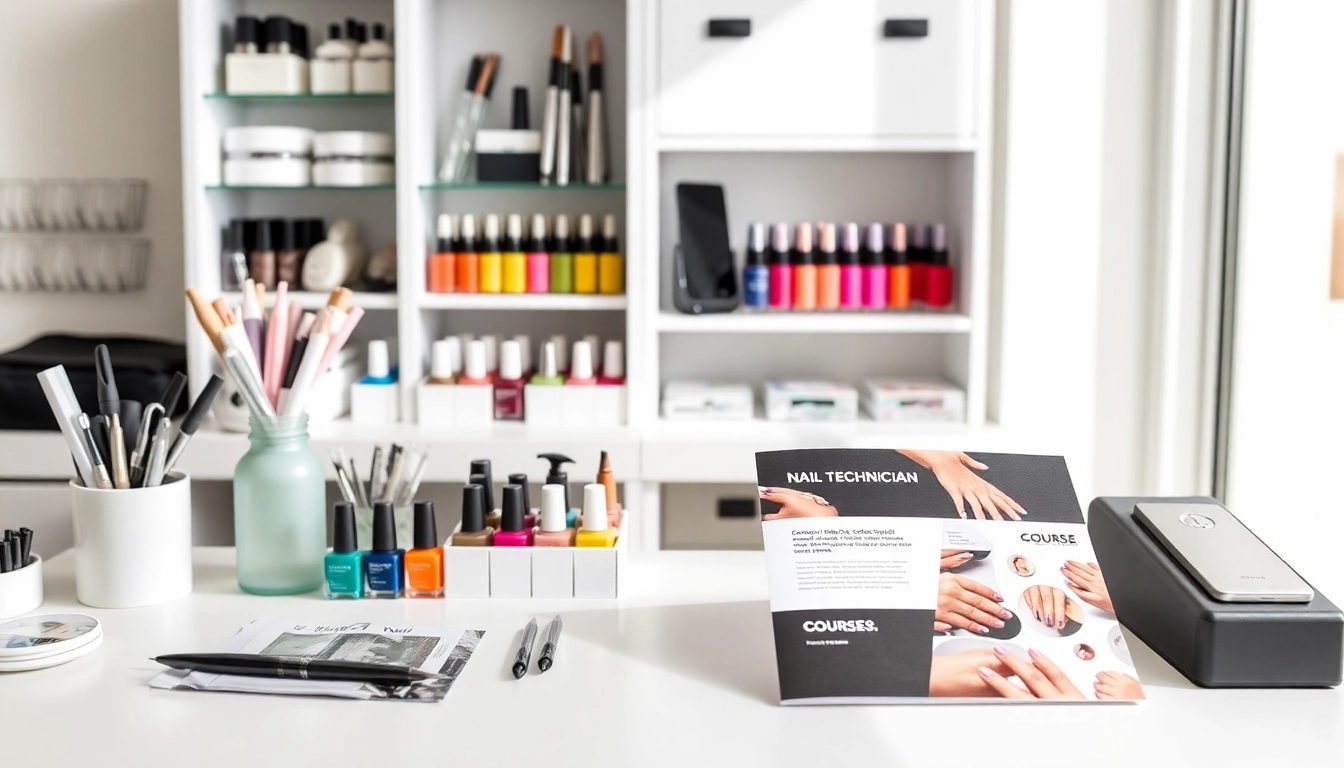
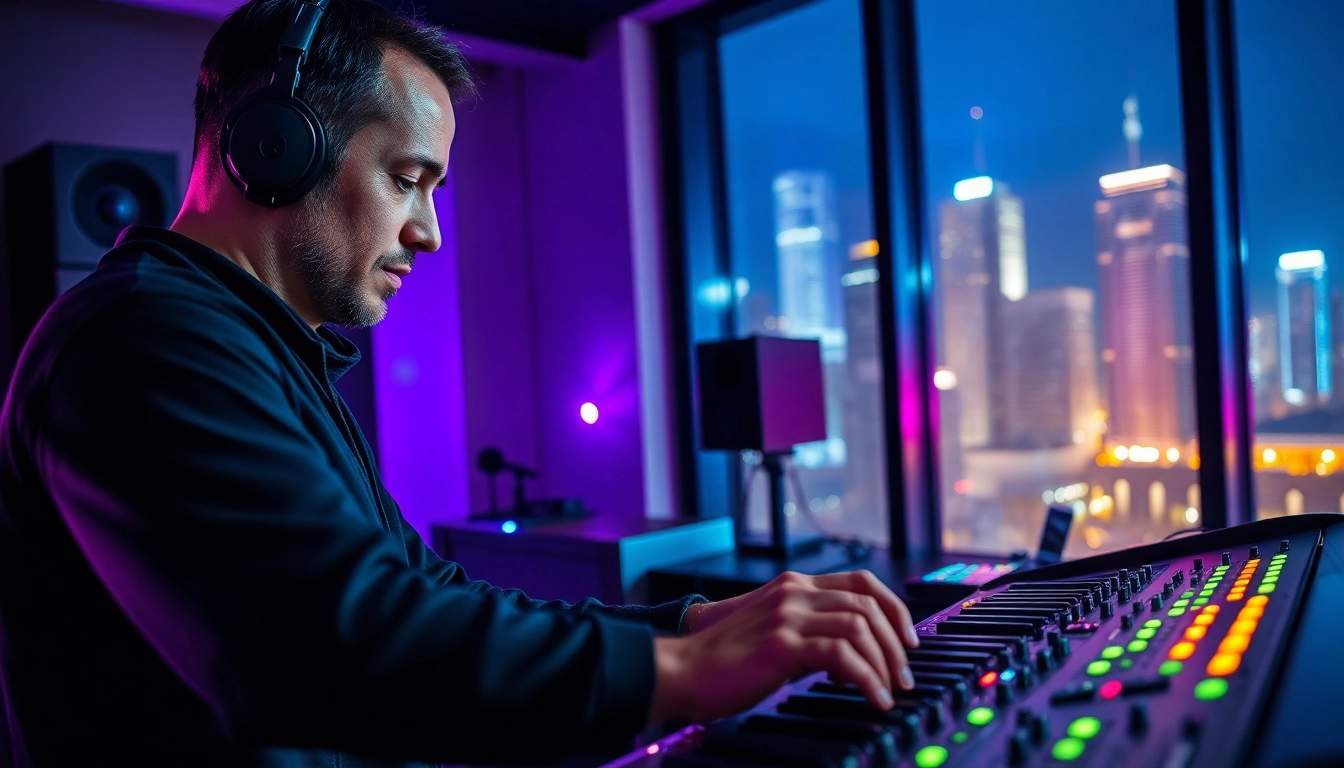
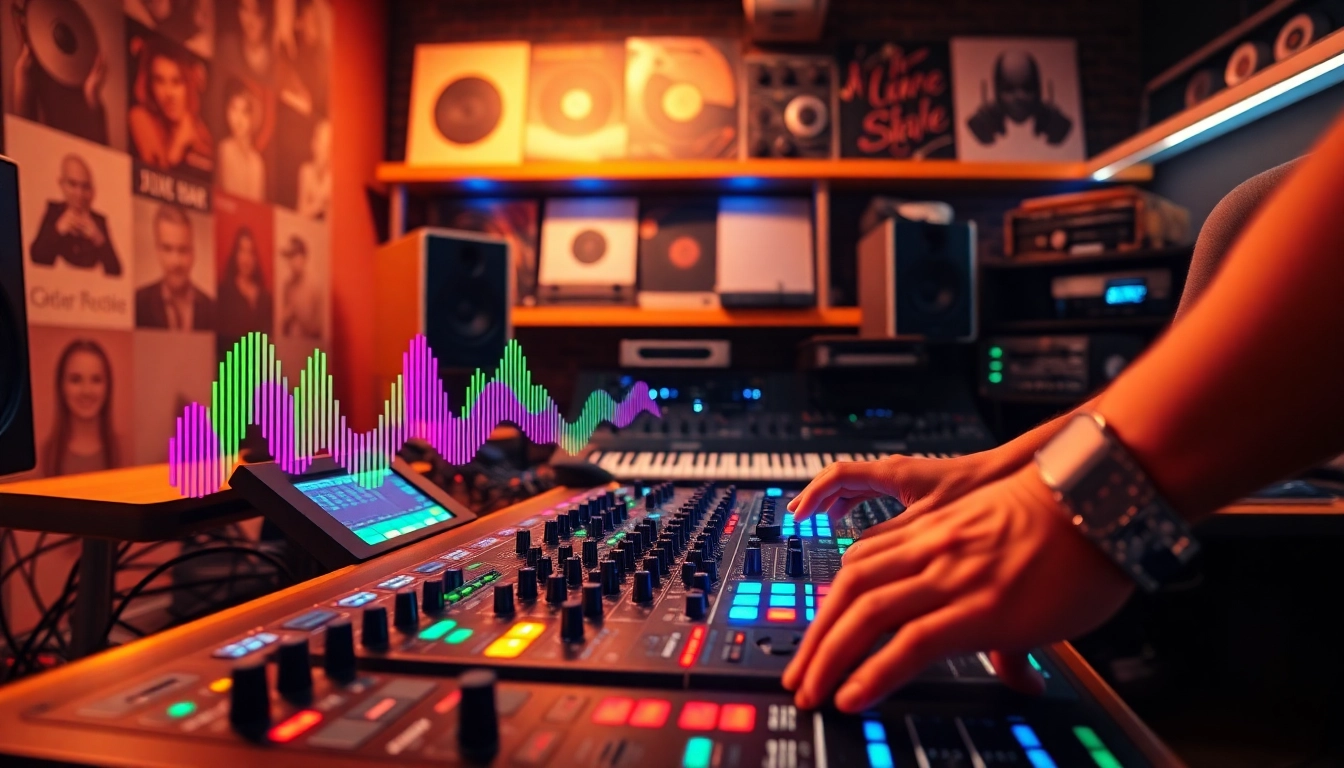
Leave a Reply